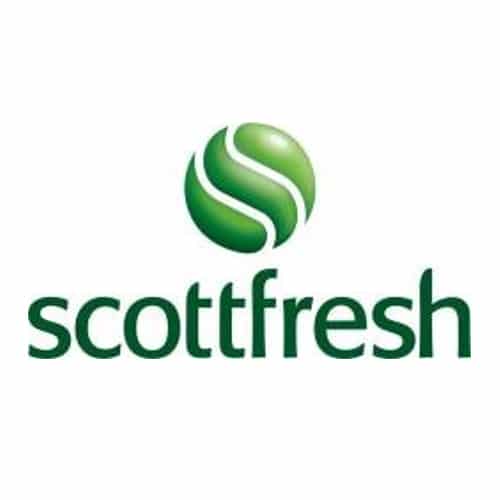If cashflow is the lifeblood of your business, then working capital is the health check you should regularly undertake to keep your business alive. Regularly checking working capital will play an essential part in maintaining business success during these times of greater economic insecurity.
So what is working capital I hear you ask? Great question.
Working capital is your current assets minus your current liabilities and measures the surplus (or deficit) you have to keep your business afloat without needing to sell assets, borrow more, or add your own money into the business. The more working capital you have, the easier it is to fund growth or weather any downturns.
To calculate your working capital: Cash in Bank + debtors + stock + work in progress – creditors – taxes owing
For example, if your business had the following balances:
Cash in Bank $150,000
Debtors $120,000
Stock $100,000
Creditors $45,000
Taxes owing $25,000
Then your working capital would be:
$300,000 ($150,000 + $120,000 + $100,000 – $45,000 – $25,000).
If the business had an overdraft of $150,000 rather than a positive cash balance, the working capital would be: $0 (-$150,000 + $120,000 + $100,000 – $45,000 – $25,000).
This means the business would have no cash, zero, zilch to cover any slowdown in debtor payments or a downturn in sales (which would lead to higher stock levels). Worse, the business could be in serious trouble for trading whilst insolvent – but that is an entire new blog on trading whilst insolvent.
It’s likely your working capital has taken a hit due to Covid-19. Now is the time to review your processes and boost your working capital. Here are five strategies to consider to implement:
1. Build up enough cash to cover at least 2 months’ sales value.
What was the key learnings from lockdown for business? How important it is for businesses to have enough cash in the bank to get them through a disaster / pandemic/ shutdown! To put these learnings into practice going forward, use the average sales value for the last six months to calculate the amount you’ll need, then manage your expenses to build your cash stocks up to this level. Even better, plan for this in your cashflow forecast.
2. Renegotiate your debt.
If your business has an overdraft, could the core debt be negotiated into a term loan? Have you spoken to your bank manager about options for managing your debt as a result of Covid? We can work with you and your bank manager to determine your best finance options. Usually the costs (including interest rates) are less on a term loan than they are on an overdraft facility. Then you can plan in your cashflow projections how you will make repayments of principal or if this will be delayed for a period of time with only interest payments made?
3. Negotiate with suppliers.
Speak to your suppliers and see if you can negotiate better terms. This might be a discount for early payment or longer payment terms. They’ll be suffering too, so work together to come to the best arrangement for you both. Remember, we all need to be part of the solution and not part of the problem.
4. Set aside money for taxes.
Calculate the percentage of sales you need to put aside for taxes and put this aside in a separate bank account so you have the cash to cover tax payments as they fall due.
5. Inject sufficient funds.
If the above strategies don’t boost your working capital sufficiently, you’ll need to invest your own funds into your business to cover your working capital requirements. Your cashflow projections will aid with planning for this in the not so near future as opposed to being shocked one-day when you have no cash resources left or options.
Even with the many challenges of a post-pandemic economy, undertaking regular working capital checks is an effective way to help increase your business’s cashflow.
We can help you calculate your working capital requirements, your Cashflow Forecasts and identify strategies you can implement to increase your working capital. Send us an email now nicole@nh-a.co.nz.








